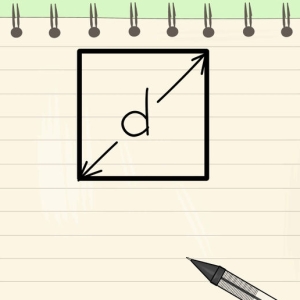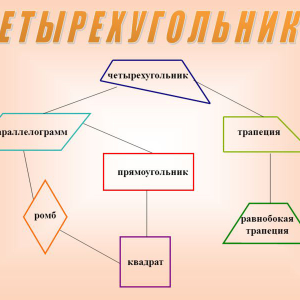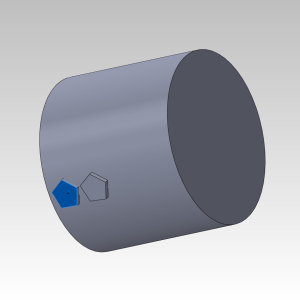Most people with school benches know what perimeter is. But if mathematical knowledge is not used by a person in everyday life, besides domestic cases, then knowledge is dulled, and sometimes it is completely forgotten. And the simple question is: "How to find a perimeter of one or another figure" can put in a dead end. Requires refreshing memories.
Determination of the perimeter of the geometric shape
The simplest mathematical definition of the perimeter is the sum of the lengths of all sides of the shape. It is adopted by the Latin letter "P". The perimeter measurement units are the lengths of length: millimeters, centimeters, decimeters, kilometers. Also, the perimeter is measured and at circumference.
Here, it would seem that it could be easier, because the circle is a line. But here the entire catch is that this line is not direct and apply a ruler in order to recognize its length, it will not work. In this case, a special formula is applied.

Measurement perimeter
In order to measure the perimeter of a polygon to which the simple and familiar figures include, such as a triangle, a rectangle, a square, as well as more complex - cube, pyramid, tetrahedron, and others, a ruler will need. It is necessary to measure each face of the figure, and then folded the obtained values.
In the event that the figure has curved edges and has a non-standard appearance, resort to the assistance of the thread. First, the length of the face is measured using a flexible flexible material, and then measured using a ruler and also the values \u200b\u200bare folded.
In addition, there are various special devices, such as a roller rangefinder, with which the perimeter can be founded, being from the figure at a distance. Below will be considered a number of examples.

How to find out the perimeter of the circle?
To do this, it will be necessary to calculate the circumference length. To do this, it will be necessary to know the radius of the circle, the number pi \u003d 3.14, multiply these values, and then multiply by 2. That is, the formula of the circle perimeter looks like this: p \u003d 2 ∙ π r.

How is the perimeter of the square calculated?
As you know, the sides of any square are equal to each other. That is, if you take the side of any desired square for "a", then p \u003d a + a + a + a. Or you can simplify the record, it turns out p \u003d 4a.

How to find out the perimeter of the rectangle?
Everyone knows that in the rectangle are equal to the opposite directions that can be taken for "a" and "b". It turns out that p \u003d a + a + b + b, or p \u003d 2 (a + b).

Perimeter of complex figures
Flat figures having a large number of faces seem difficult to calculate the perimeter. In fact, it is also quite simple. If the figure, the perimeter of which you need to know is free, that is, all of her parties are equal to each other, then here you need to multiply the length of one side by the number of parties. For example, a - the length of the parties, n is the number of parties, that is, P \u003d Na.
If we consider the figures, where all sides of different lengths, then the perimeter is measured or finding the parties and the addition of their lengths.

Perimeter of volume figures
There is a longer work here. Each bulk figure has a base and often the face, here it will be necessary to first calculate the perimeter of the base, to which it will be necessary to add the length of each edge.

Perimeter of triangle
If the triangle is a preceded, then its perimeter is simply. The side is multiplied by 3. p \u003d 3a. In the event that the lengths of the side of the triangle are different, then their lengths need to summarize, that is, p \u003d a + b + c, where a, b, c - the lengths of the parties that can be measured or found on the basis of the conditions of the problem.

The perimeter of any figure is found, in fact, it is not difficult, the main thing to remember that the perimeter is the sum of the lengths of all sides of any geometric shape, regardless of its shape and size.






























